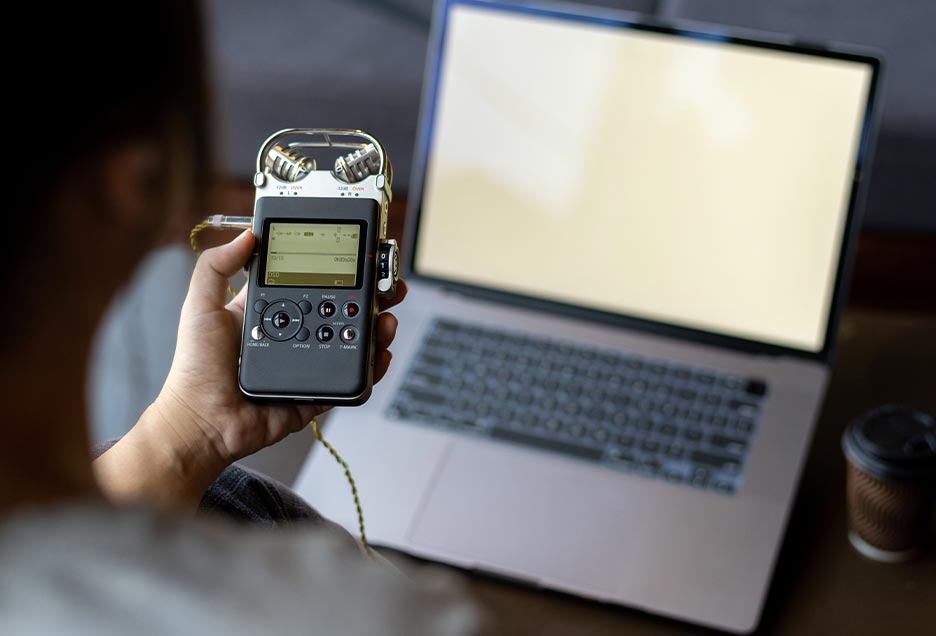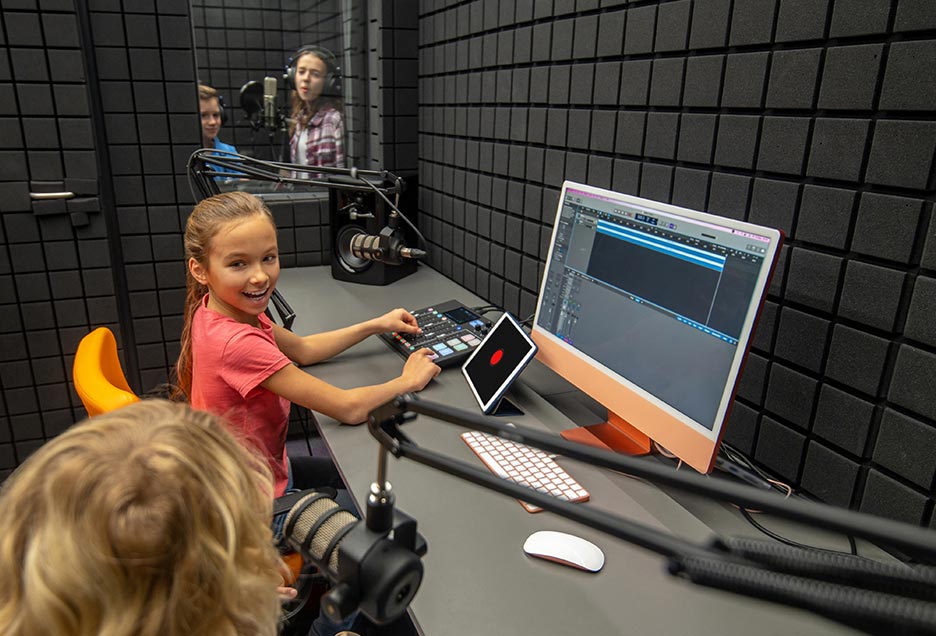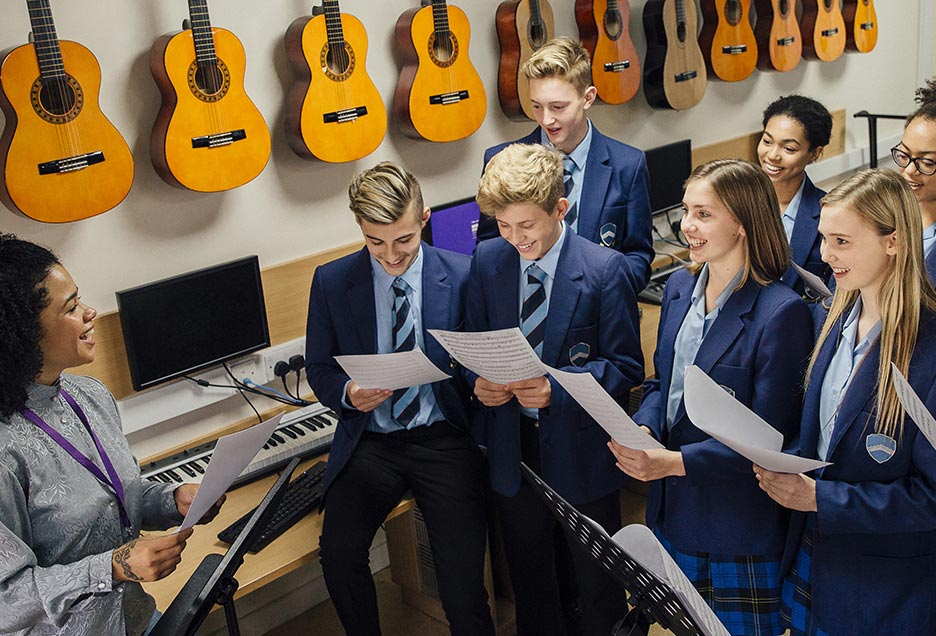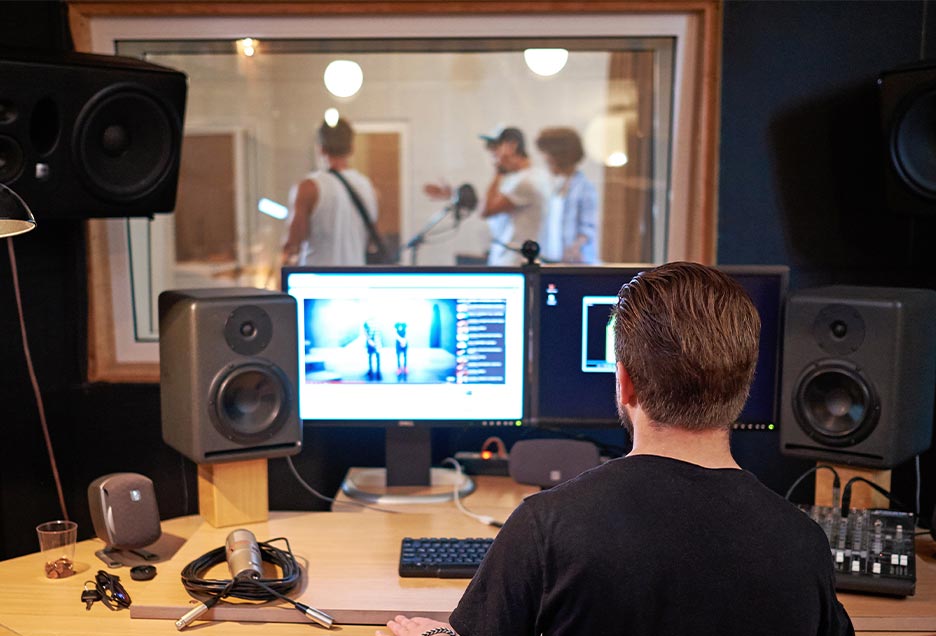In this series of articles on microphones and microphone techniques, we will look at the many different types of microphone available today, and how they are best used in a school or college environment.
Firstly, though, a bit of an introduction to what microphones do, and why there are so many different options.
It seems obvious that microphones are there to record audio. But as soon as you say that, there are a number of questions that arise:
- Is the microphone being used to amplify something through a PA system, or record it?
- Are you recording or amplifying music or speech?
- Is a solo performer or a group that you want to capture?
- What sort of instrument is involved?
- How loud might the instrument be?
- Will the performer be close to the microphone or far away?
These are just a few of the questions that should come up when you are considering which microphone is best for your recording or live sound task. We will look into the different types in more detail in subsequent articles, but for now let’s try to categorise them into a few distinct types.
Microphone Technology
There are a small number of different microphone types, and it’s helpful to know what these are before looking at how they can be best used.
- Dynamic
- Condenser
- Ribbon
These are the main three types currently available. As a very simple guide, dynamic mics tend to more robust but less sensitive than condenser mics, condenser mics tend to have a flatter tonal response than dynamic mics, and ribbon mics tend to be too expensive for most schools to even consider them! (Seriously though, ribbon mics are often used in a recording studio environment to provide high quality recordings.)
The most popular dynamic microphone is the Shure SM58, used as a singer’s microphone for decades in bands and groups around the world. There have been many copies and clones of this microphone, but the original is still an excellent starting point for anyone wanting to have a good quality mic for either live sound or recording.

Condenser mics, which are slightly more susceptible to damage if dropped, are often used for recordings, due to the fact that in general they do not ‘colour’ the sound by changing the tone of what is being recorded as much as some dynamic mics do. They can also be more sensitive, so in some cases can be used further from the performer for either live sound or recording, though there are a number of other factors that will need to be taken into consideration: we’ll deal with those in a subsequent article. If you are looking for a condenser microphone for general use, then the Rode M3 is a good option; for studio vocals, it’s hard to beat the Audio Technica AT4033A which is supplied with a suspension shock mount.

Finally, ribbon mics are excellent for recording, and generally not used for live sound. As mentioned above they can be outside of the budget of most schools, but for a school that can afford some specialist mics it is worth considering one of these in order to achieve the best possible recording quality. Sontronics, a UK company, make a number of excellent ribbon microphones, including the Sontronics Sigma 2 ribbon microphone.

We’ll look at each type of microphone in more detail in subsequent articles. In the meantime you might want to check out some of our other articles on recording, such as How to record your choir, How to record from scratch, or Building a recording studio.
And if you have any questions, please do get in touch with us by phone or email – we’d love to help!








